Heritage place 1 : Point Moore (Western Australia)
Point Moore lighthouse was first lit in 1878 as a much-needed beacon to guide shipping past the dangerous reefs offshore from Geraldton. The tapered cast iron tower of Point Moore lighthouse is made up of 16 tiers, each containing 12 plates, which were prefabricated in England by Chance Brothers of Birmingham.
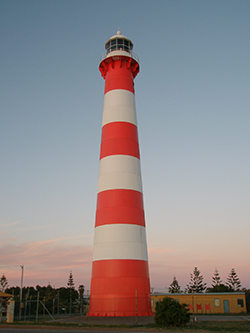
Heritage place 2: Cape Leveque (Western Australia)
Cape Leveque lighthouse was first exhibited in 1911 to light the entrance into King Sound and aid shipping trading between Fremantle, the north-west ports and Singapore. The 13.3 metres high tower is made of cast iron plates bolted together and was the most northerly staffed lighthouse in Western Australia until it was automated and de-staffed in 1985.
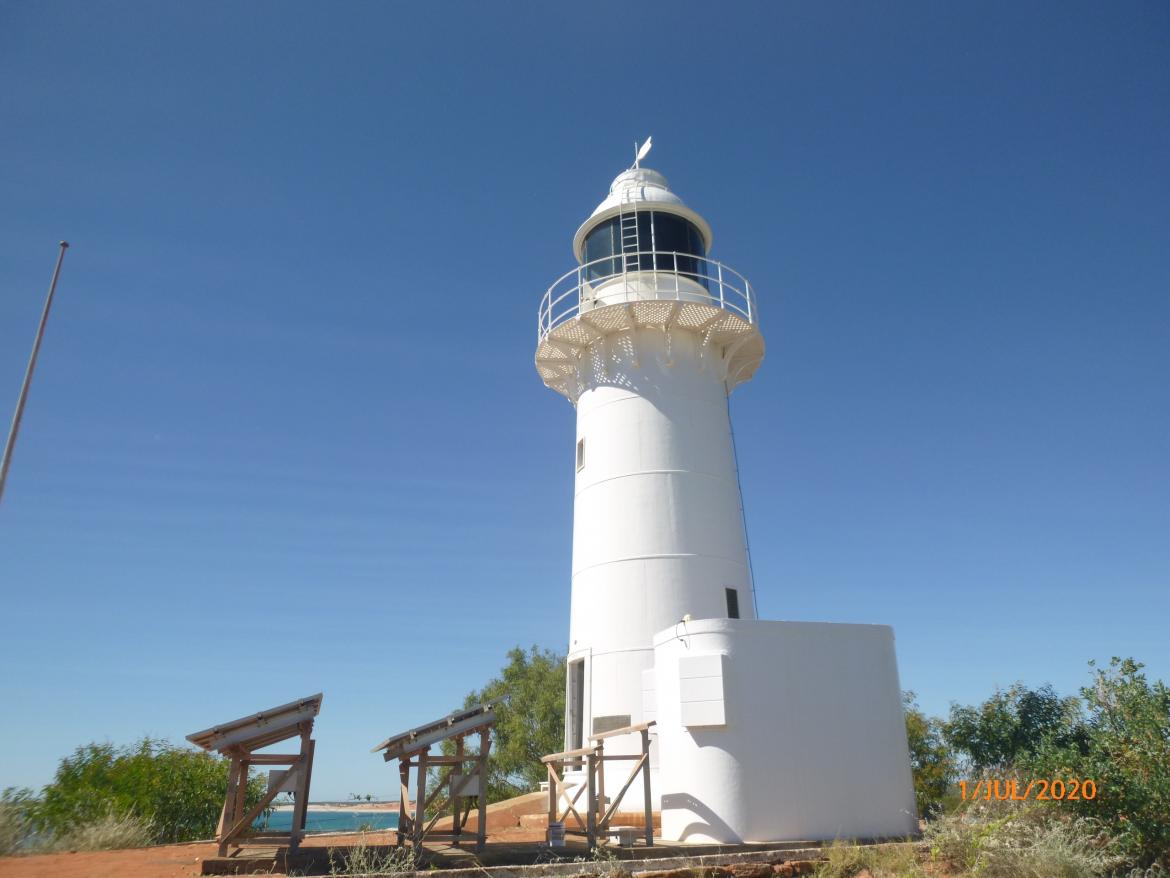
| 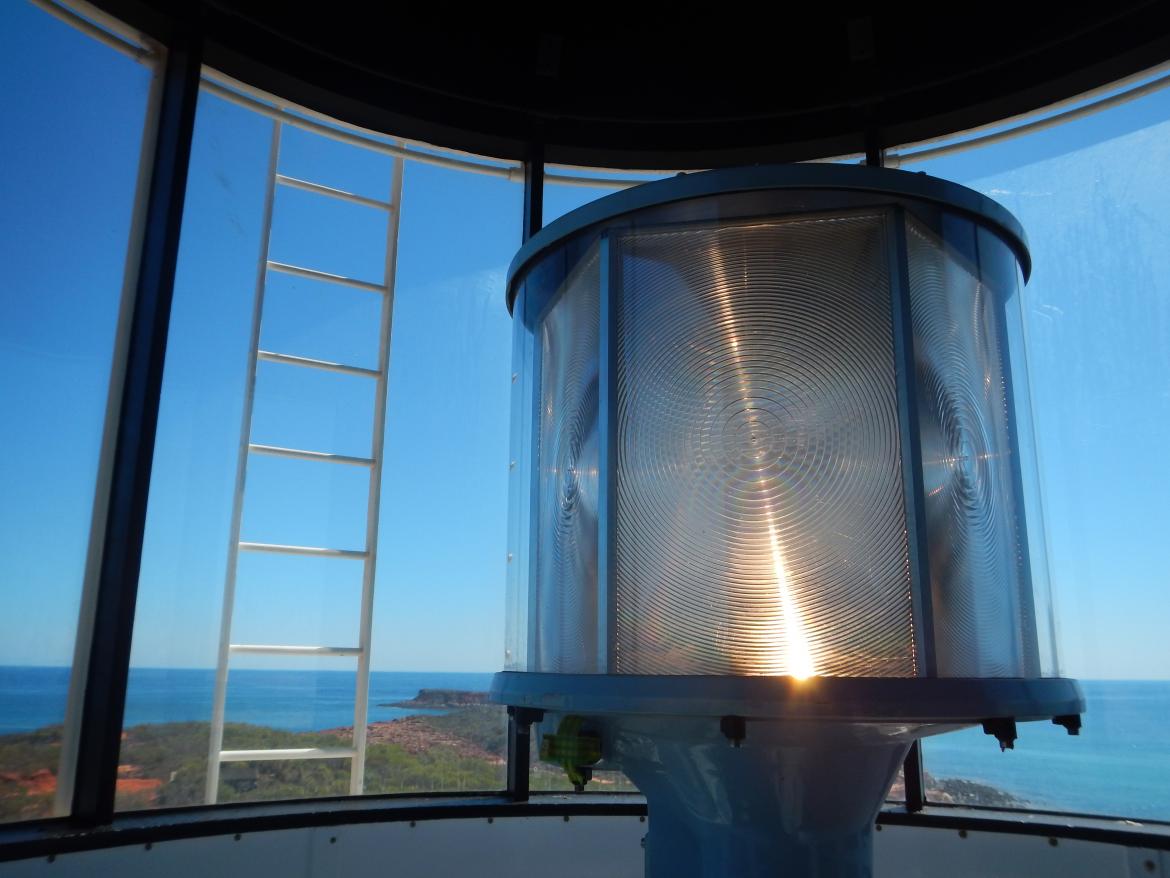
|
Heritage place 3: Cape Leeuwin (Western Australia)
Cape Leeuwin lighthouse was first lit in 1896 to mark both the coastal route to Perth via Albany and as the first landfall for mariners crossing the Indian Ocean to Australia.
Cape Leeuwin lighthouse tower is built of locally quarried stone and stands 39 metres high, making it the tallest lighthouse on the Australian mainland. Tours of this lighthouse are run under licence from AMSA.
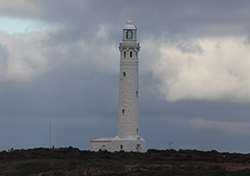
| 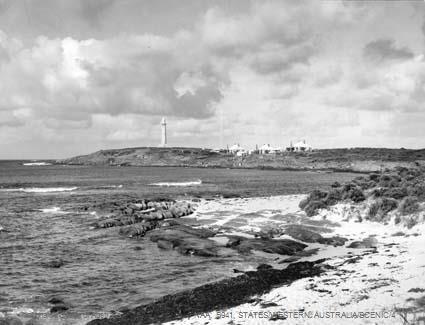
| 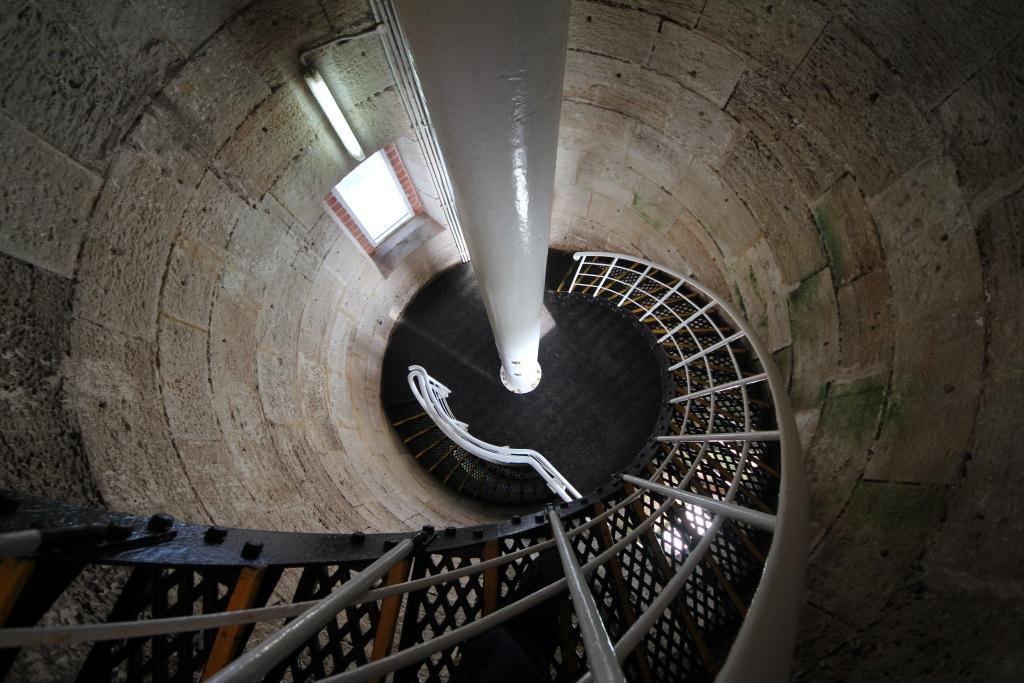
|
Heritage place 4: Eclipse Island (Western Australia)
Eclipse Island lighthouse was built in 1926 off the coast of Albany, Western Australia. Built to improve the navigation into King George Sound provided by Breaksea Island lighthouse, Eclipse Island lighthouse was the pinnacle of lighthouse technology at the time of its construction, with a Chance Brothers First Order optical apparatus and incandescent oil burner.
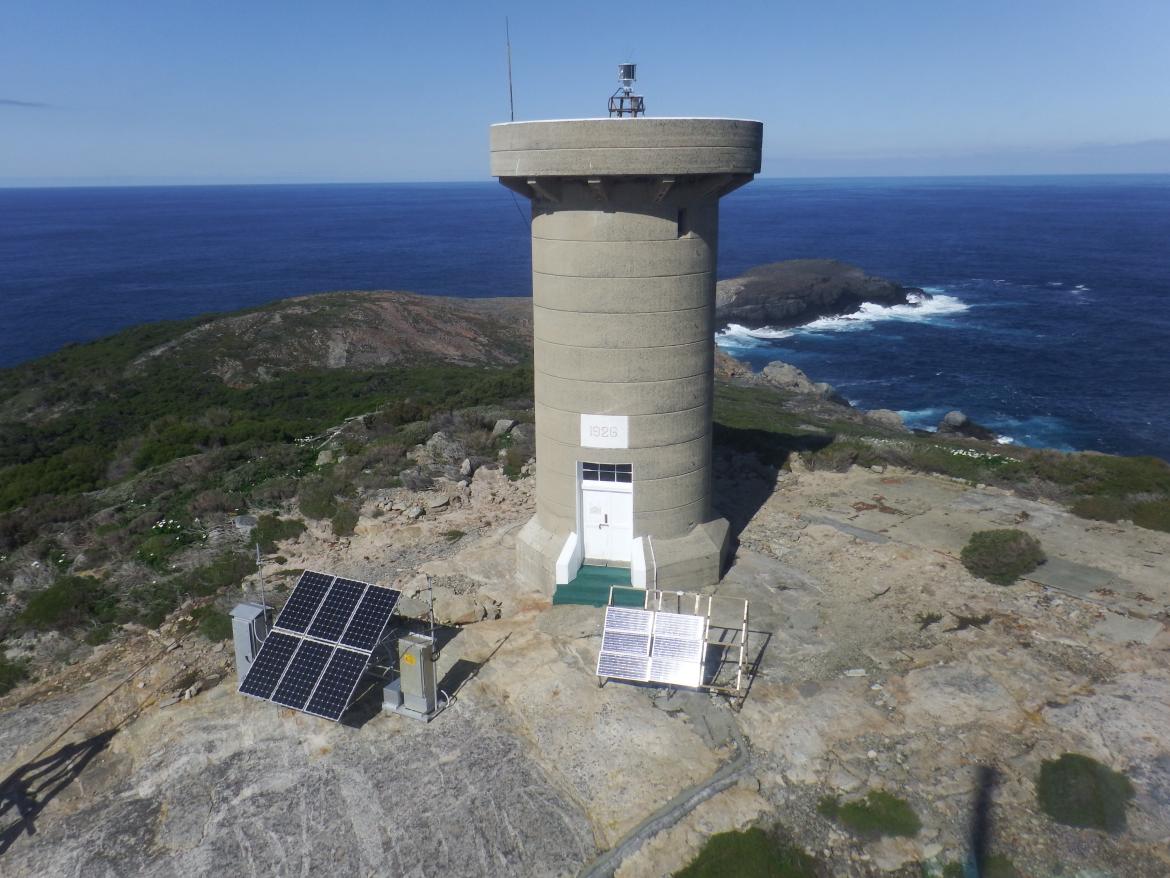
| 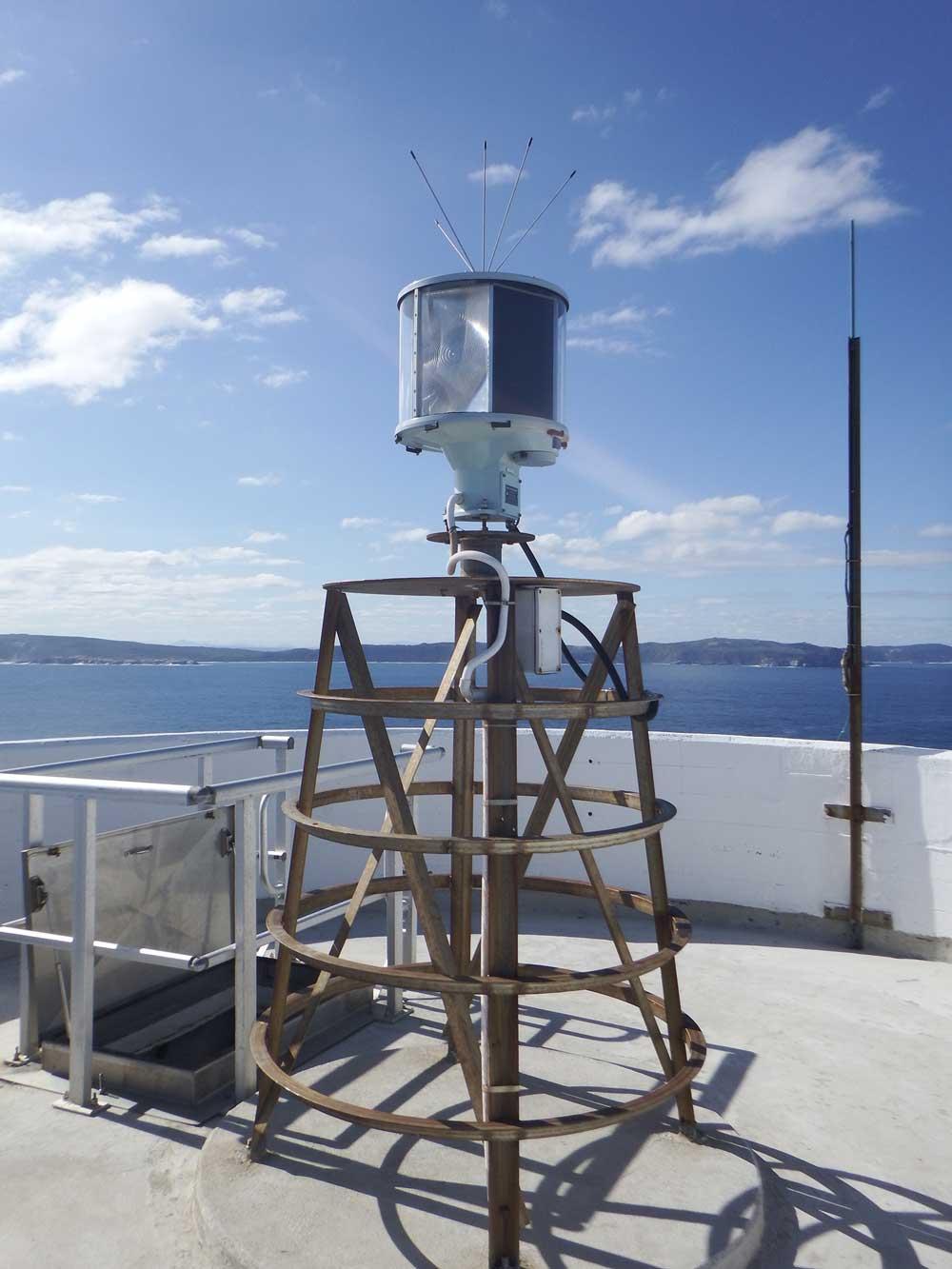
|
Heritage place 5: Breaksea Island (Western Australia)
Breaksea Island lighthouse was built in 1902 to mark the approach into King George Sound and the nearby ports which had been central to imperial shipping and mail services. The current granite tower with Chance Brothers first order optical apparatus was built to replace the earlier prefabricated cast-iron lighthouse, which had been first exhibited in 1858.
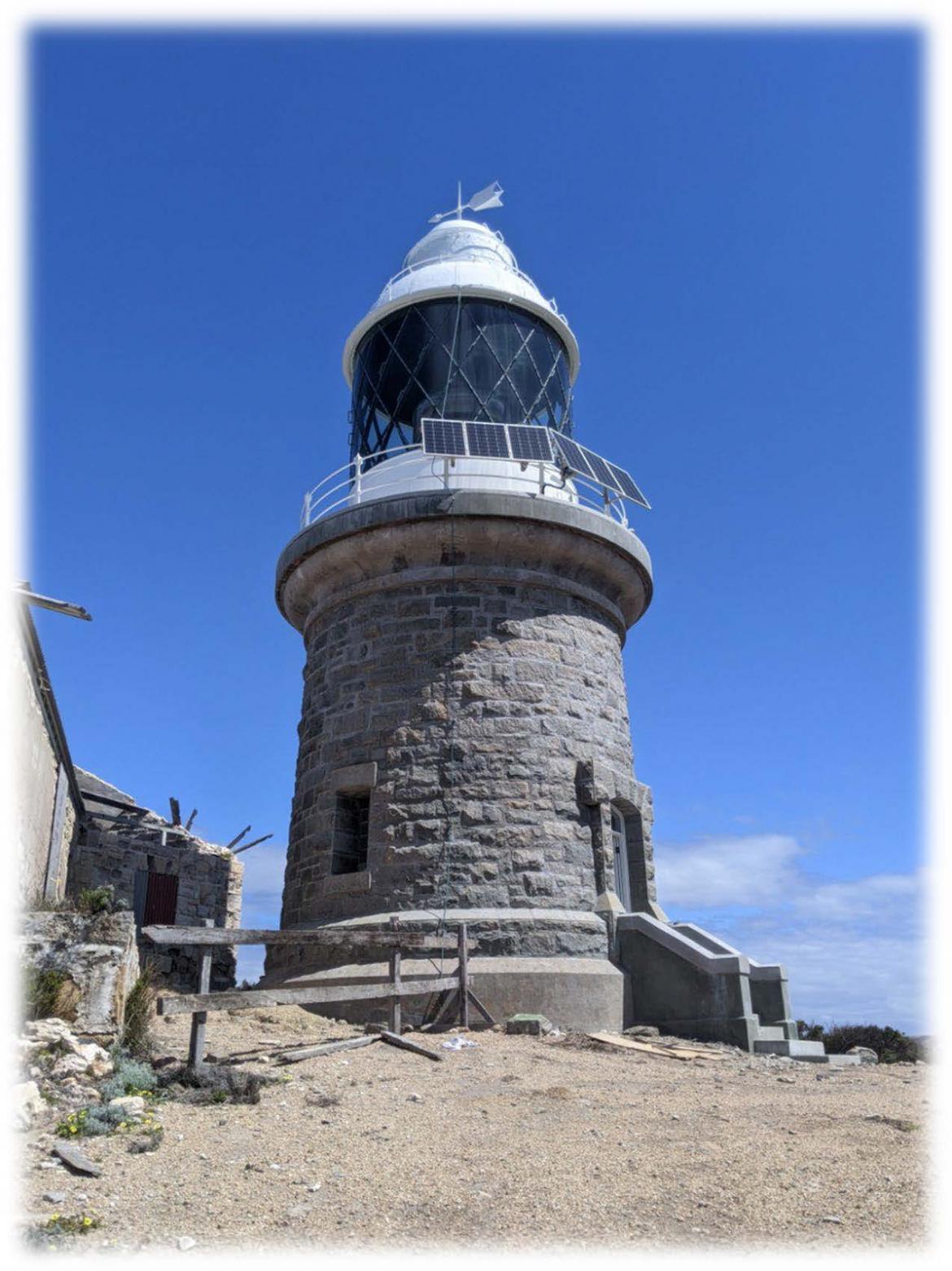
| 
|
Heritage place 6: Cape Inscription (Western Australia)
Cape Inscription lighthouse was built in 1910 on Dirk Hartog Island, the historic site of the first documented landing of a European in Australia in 1616. The lighthouse is one of a small number of lights built in the period 1908 to 1915 to fill in navigation black spots on the Western Australian coast identified by shipping companies using the route to Singapore.
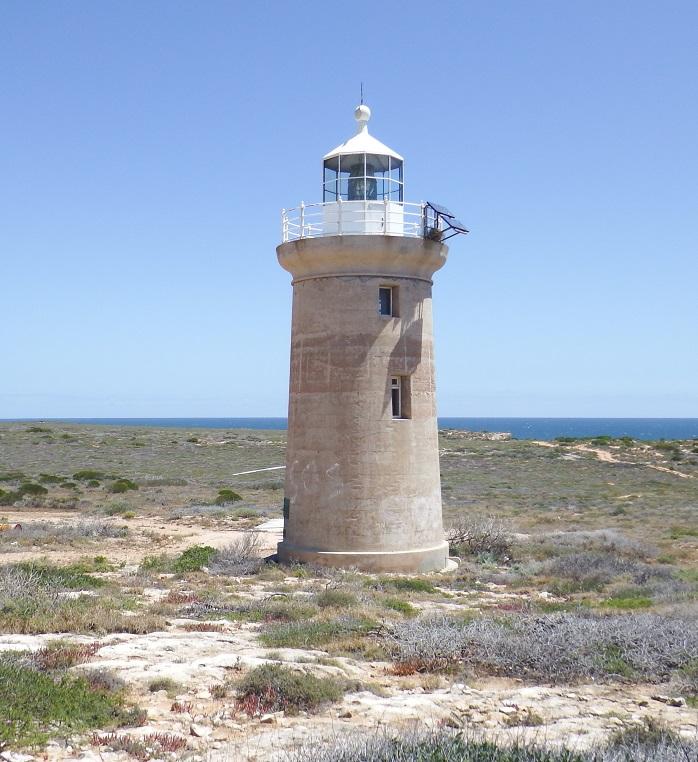
| 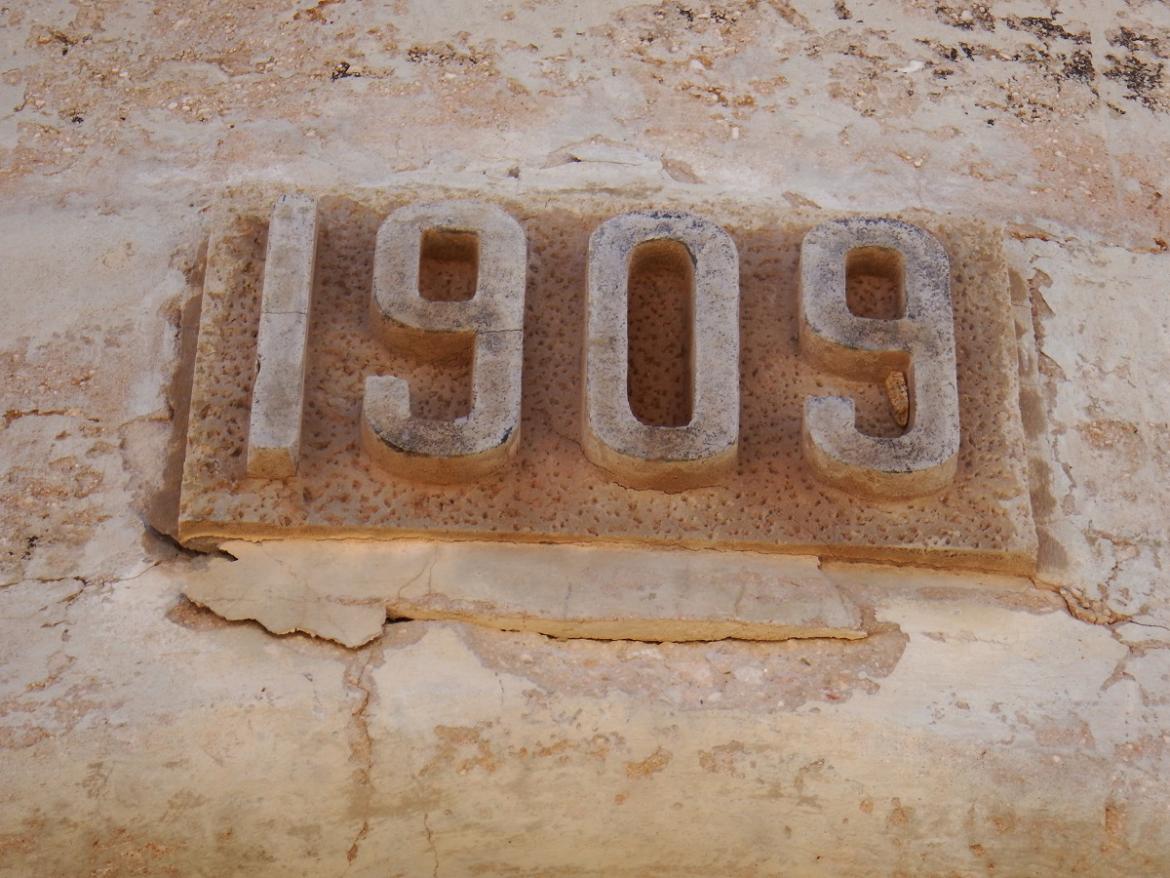
|
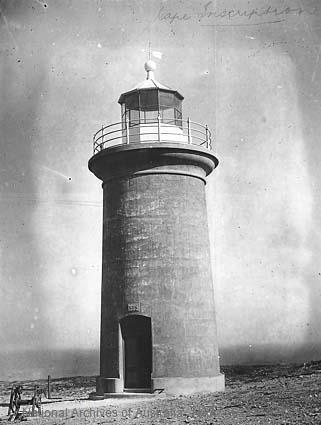
Heritage place 7: Cape Naturaliste (Western Australia)
Cape Naturaliste lighthouse was built in 1904 from local limestone blocks surmounted by a Chance Brothers lens and lantern room. It was the first major light in Australia to be fitted with a vaporised kerosene burner. Cape Naturaliste is one of three AMSA- managed lights open for public access in Western Australia — the others are Rottnest Island and Cape Leeuwin.
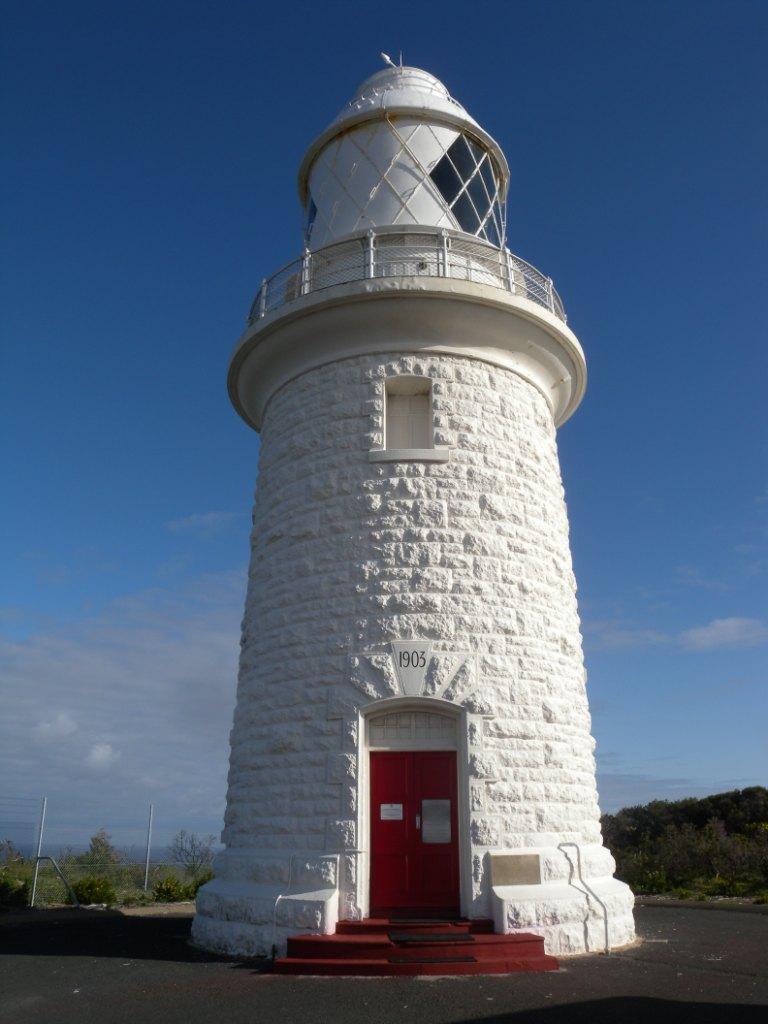
| 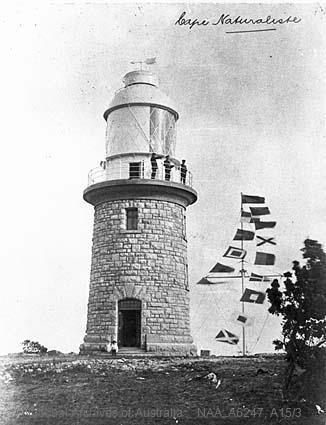
|
Heritage place 8: Rottnest Island (Western Australia)
Rottnest Island lighthouse was the site of Western Australia’s first lighthouse, built in 1851 to guide ships into the major port of Fremantle. In 1896, the original lighthouse was replaced with the current tower, which featured a first order Chance Brothers lantern and lens, which are still in use today. Tours of the lighthouse are available for visitors to the site.
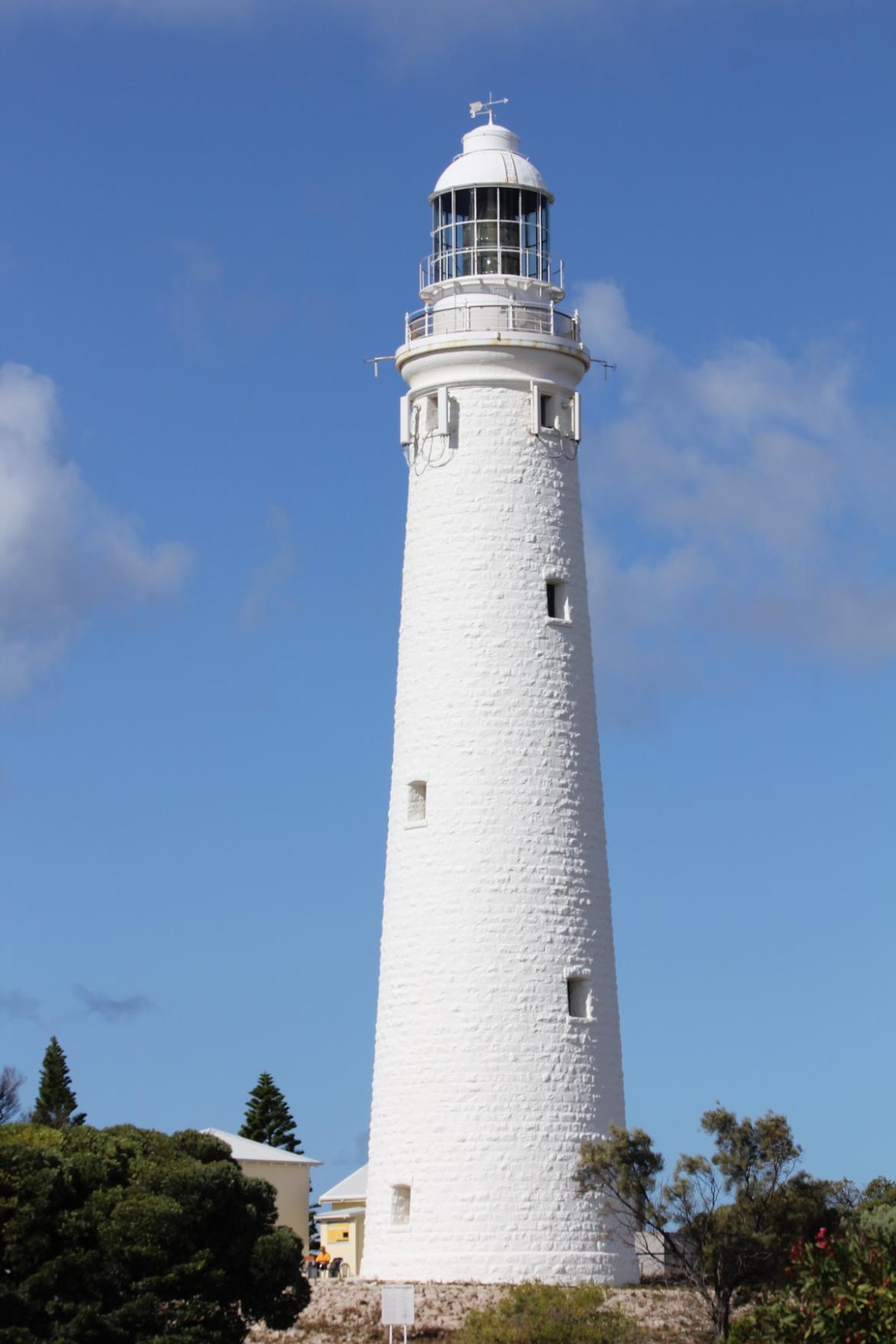
| 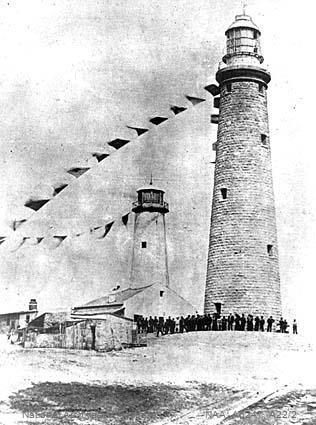
|
Heritage place 14: Nobby’s Head (New South Wales)
Built in 1858, Nobby’s Head lighthouse stands on a 32 m high headland at the mouth of the Hunter River. It is the second-oldest lighthouse in New South Wales. The lighthouse site was originally a 90 m high island but in the 1840s it was cut down and the rock used to build a causeway connecting to the mainland.
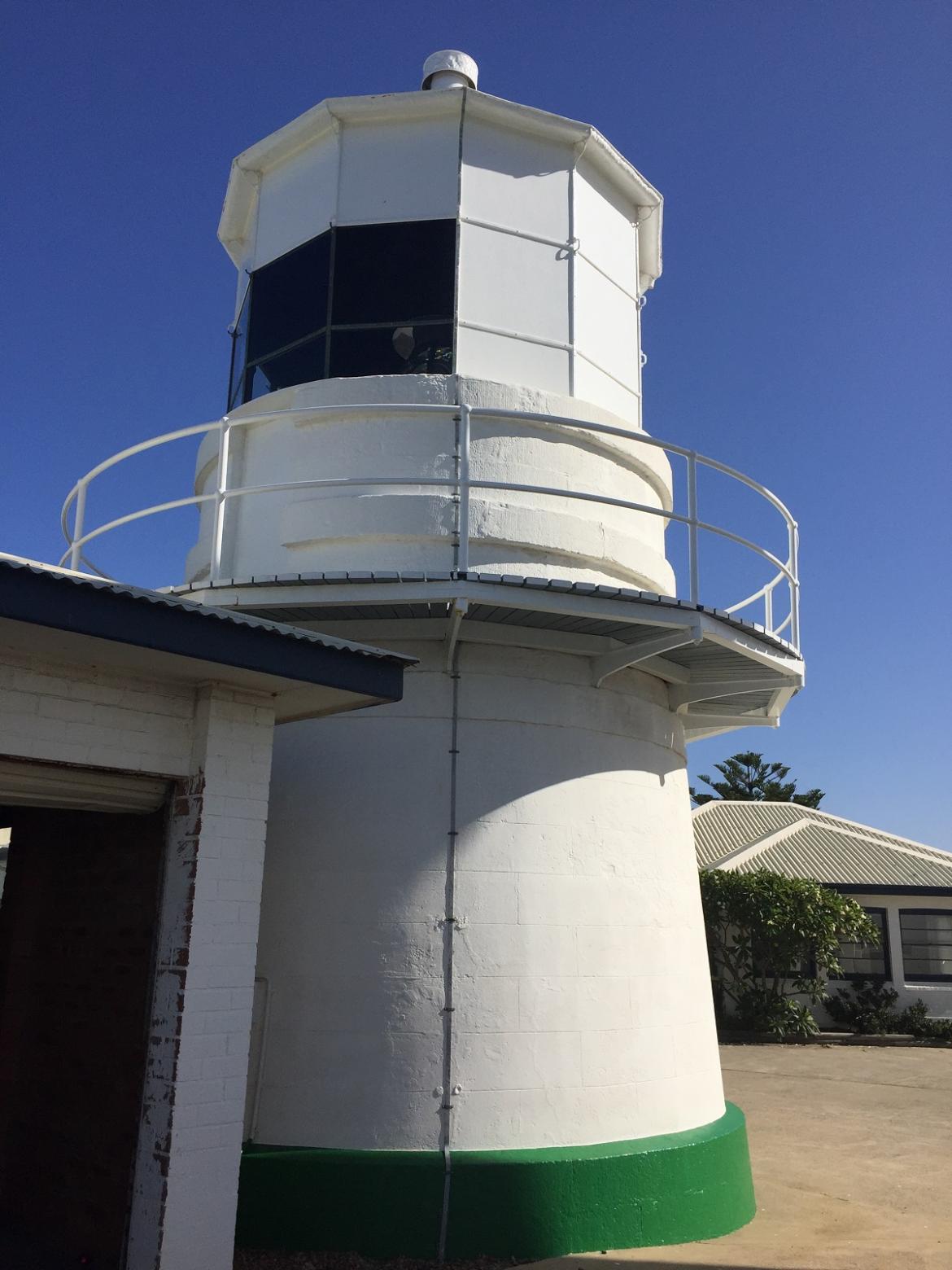
| 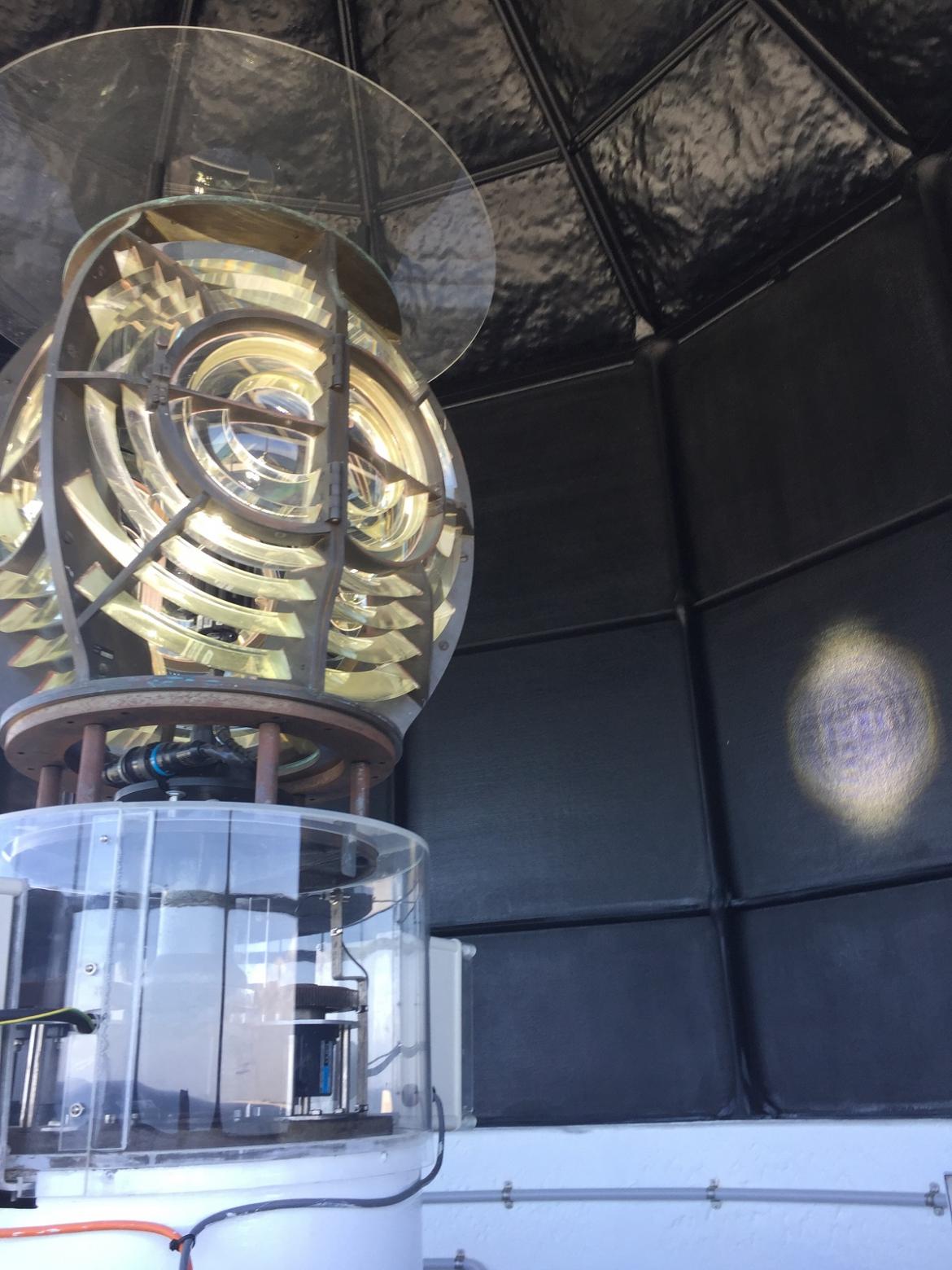
|
Heritage place 15: Smoky Cape (New South Wales)
Smoky Cape lighthouse was first lit in 1891, after nearly 20 ships had been wrecked along the New South Wales coastline from the mid-19th century. The lighthouse sits on top of a headland 128 m above sea level, making Smoky Cape the highest lighthouse in New South Wales. Tours of the lighthouse are available for visitors to the site.
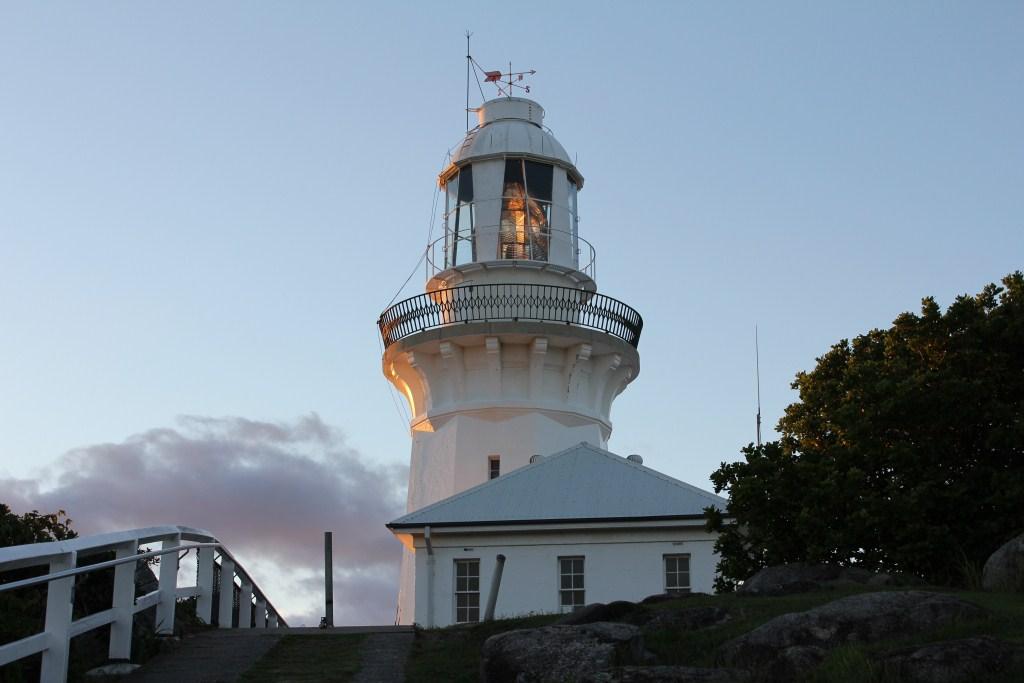
| 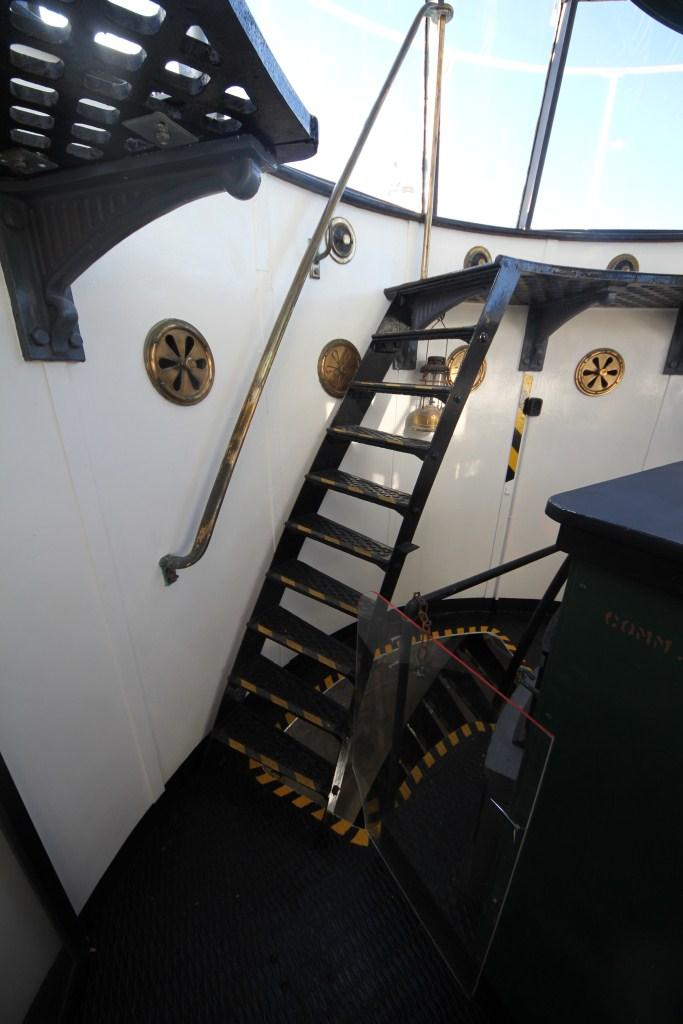
|
Heritage place 17: Sugarloaf Point (New South Wales)
Designed by Colonial Architect James Barnet, the Sugarloaf Point lighthouse was completed in 1875 to highlight the dangers of the nearby Seal Rocks. The tower is constructed of cement rendered brick surmounted by a Chance Brothers lantern and lens.
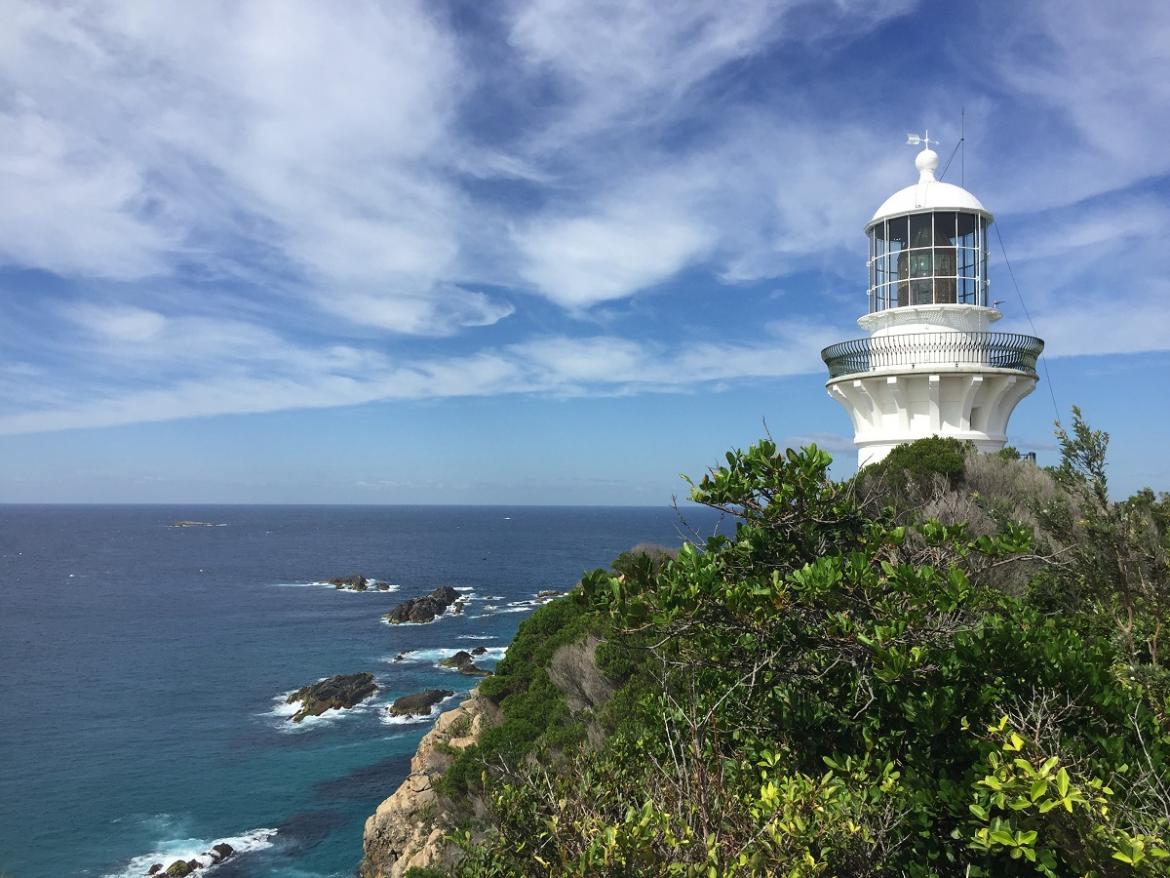
| 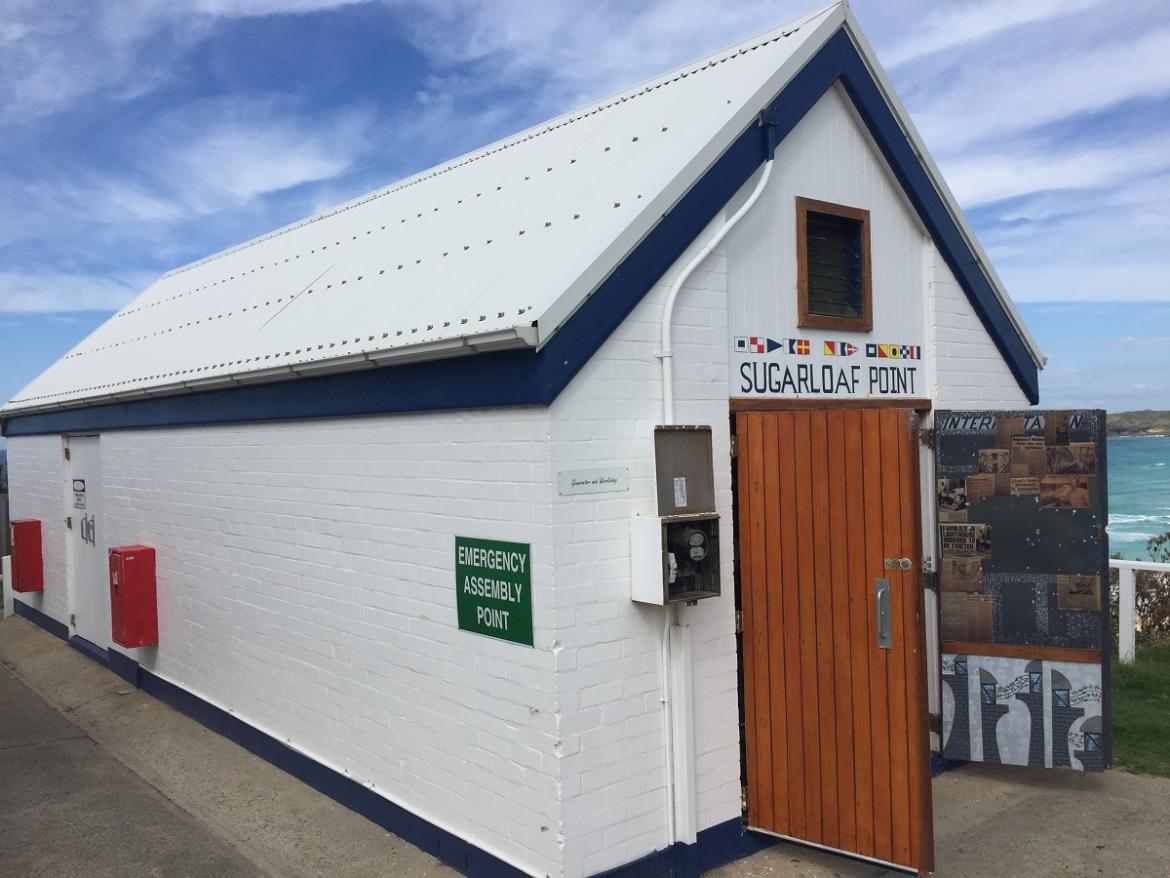
|
Heritage Place 19: Flagstaff Point (New South Wales)
Flagstaff Point Lighthouse, also known as Wollongong Head Lighthouse, was first exhibited on 23rd July 1936. Designed to be an automatic light, the tower was originally fitted with a Chance Bros fixed 920mm lantern and was never staffed. Flagstaff Point Lighthouse is unique for its extremely close proximity to another lighthouse, the Wollongong Breakwater Lighthouse (1862). Both lighthouses serve different roles in coastal navigation with the Wollongong Breakwater Lighthouse servicing Wollongong Harbour, and Flagstaff Point Lighthouse acting as a coastal shipping beacon and navigation device for Port Kembla Harbour.
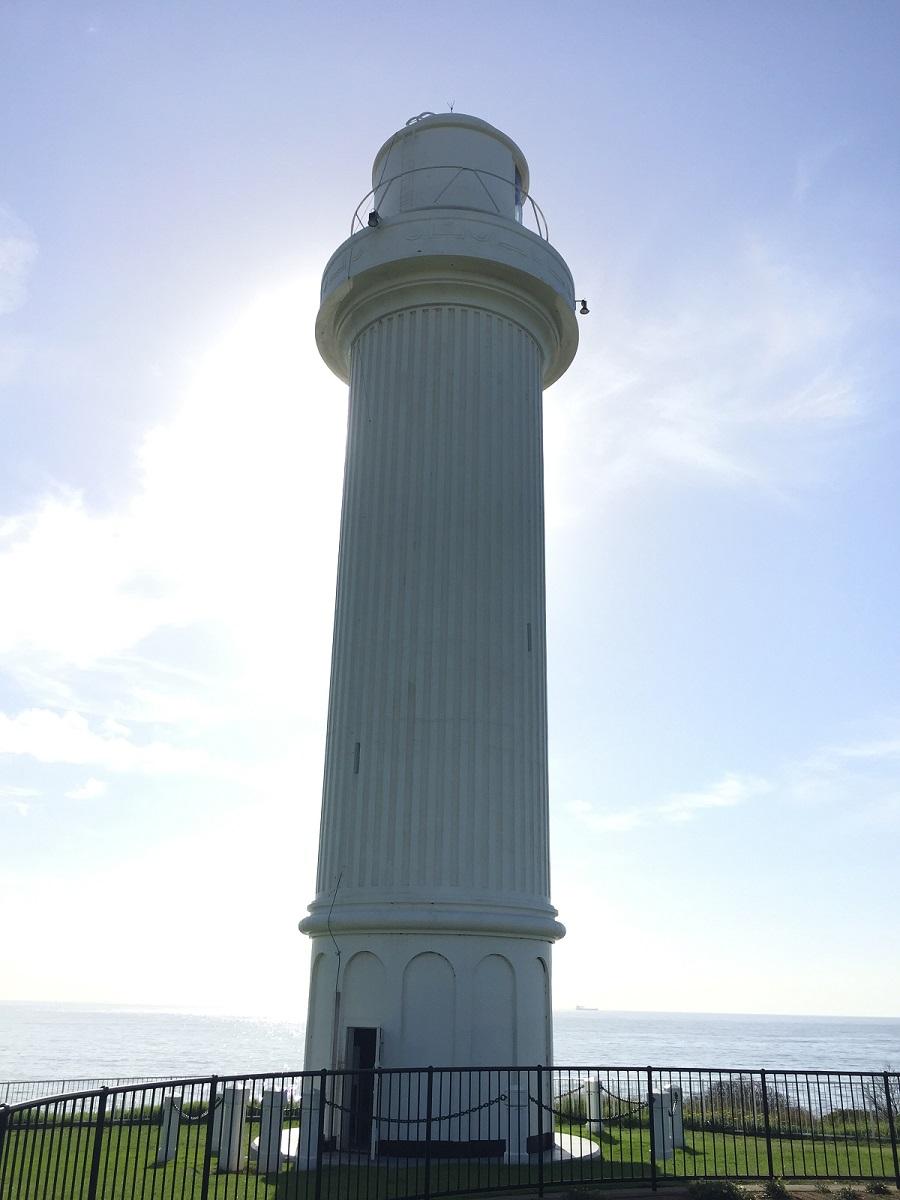
| 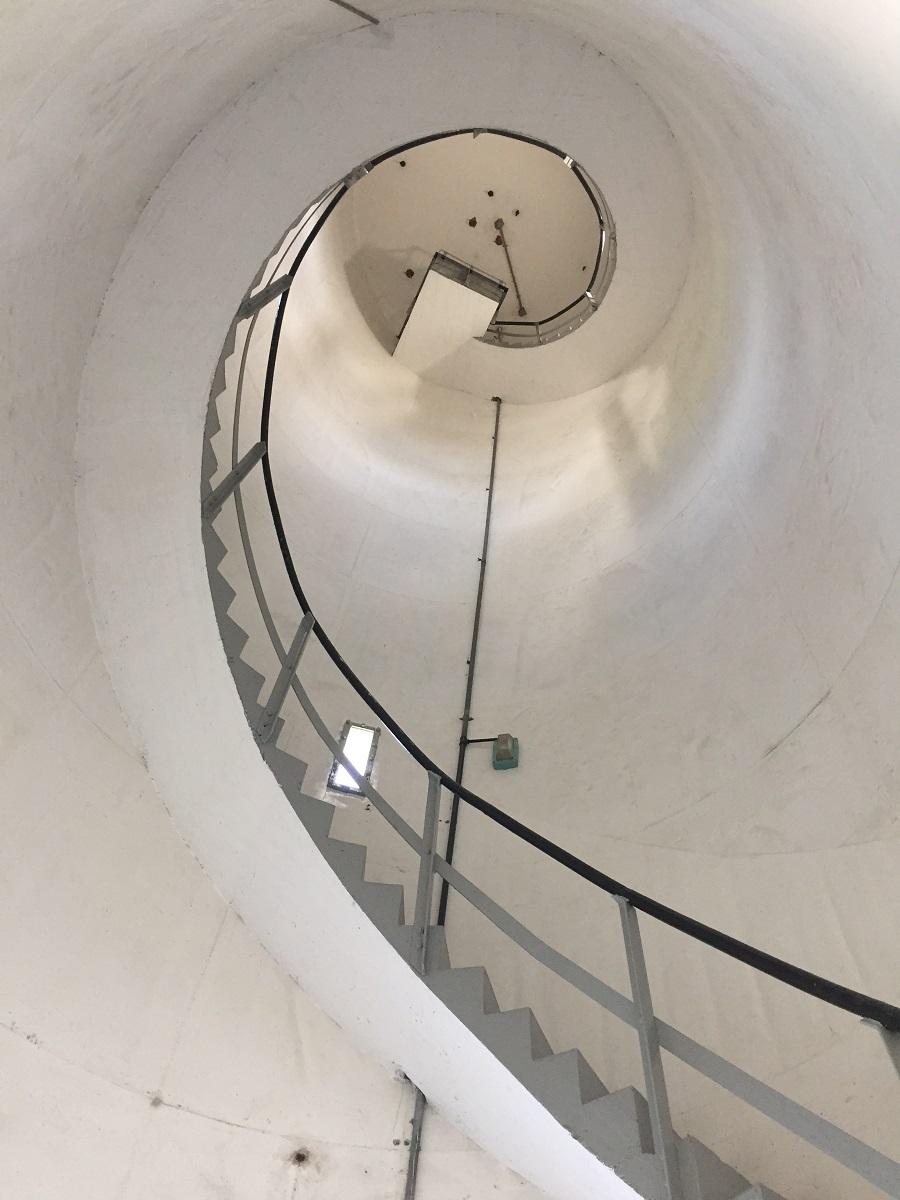
|